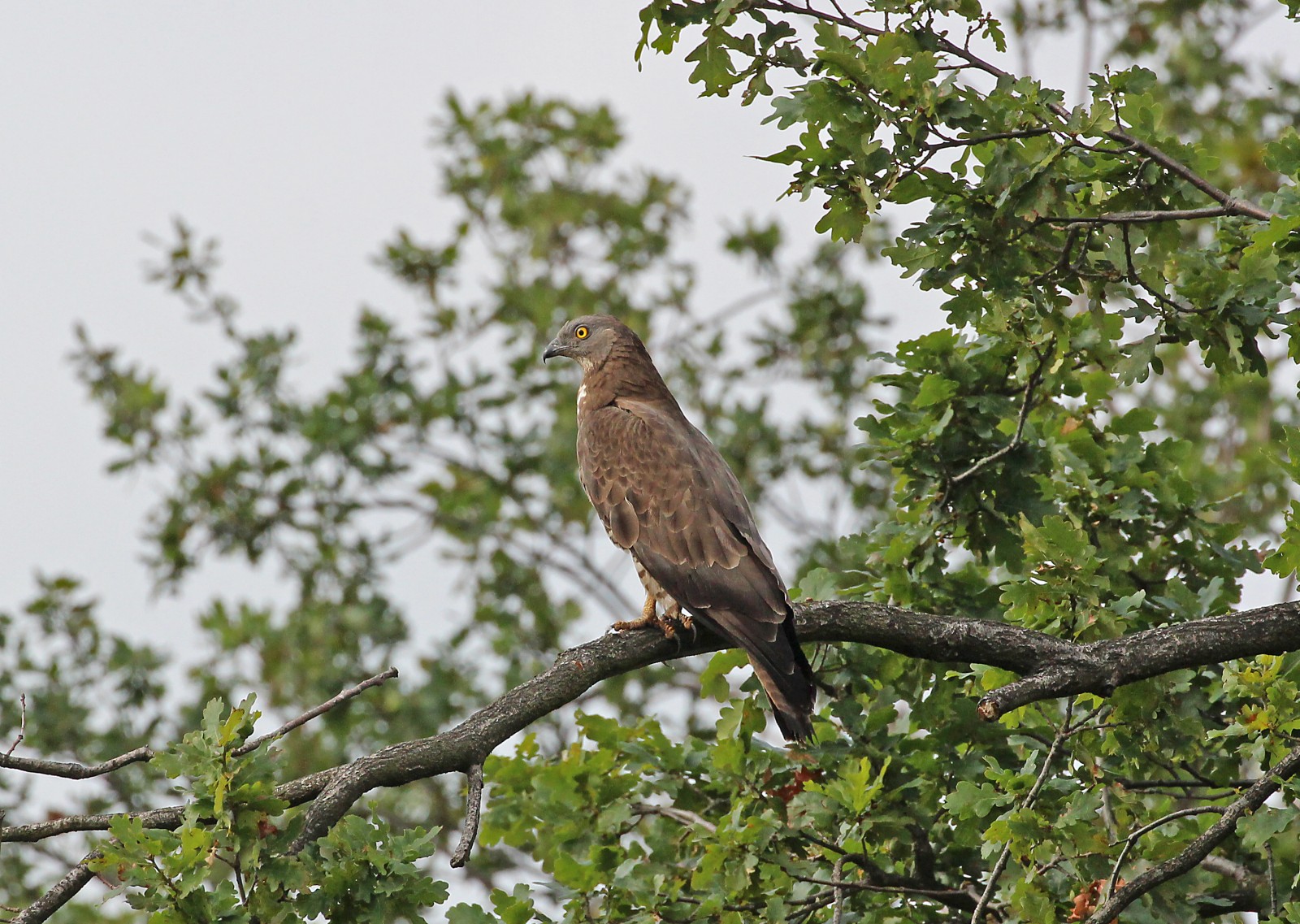Opis
The forest is a nice places for some species, although they occur more widely in the region. Thanks to a lot of nest boxes muchołówka żałobna is a very common breeding bird and on the open heather lelek is present in spring and summer. Along the canal zimorodek is present, but this canal can become dry in very dry periods.
Concerning breeding forest species the more relevant are dzięcioł czarny, dzięcioł średni, jastrząb, muchołówka żałobna, słonka, krzyżodziób świerkowy (in invasion years), ... in the more open areas lelek is present but also some pairs of lerka, świergotek drzewny, etc...
Thanks to the vicinity of bigger heathlands like the Kalmthoutse heide and due to the connection with other bigger forest tracts, most species of the neighbouring areas can be found in this area although for the heather species definitly in smaller numbers.
_________________________
Nederlands: Het Mastenbos is een bos met enkele open plekken met heide. De vogels zijn een mix van heide- en vooral bossoorten. Dankzij veel nestkasten is muchołówka żałobna een veel voorkomende broedvogel. Op de open heide is de lelek in het voorjaar en de zomer aanwezig. Langs het kanaal is de zimorodek vaak aanwezig, maar dit kanaal kan in zeer droge periodes droog komen te staan. Bosvogels die in het gebied broeden zijn dzięcioł czarny, dzięcioł średni, jastrząb, muchołówka żałobna, słonka, krzyżodziób świerkowy (in invasie jaar). In de meer open gebieden is de lelek aanwezig maar ook enkele paren lerka, świergotek drzewny, etc.
Door de nabijheid van grotere heidevelden zoals de Kalmthoutse heide en door de verbinding met andere grotere bosgebieden, zijn de meeste soorten van de aangrenzende gebieden in dit gebied te vinden, zij het voor de heidesoorten zeker in kleinere aantallen.
Szczegóły
Dostęp
You can park at the entrance of the forest. The forest itself can be explored by foot and by bike, but by foot is by far the best way. The walk that is shown on the map is about 5 km.
_________________________
Nederlands: Je kunt parkeren bij de ingang van het bos. Het bos zelf kan te voet en per fiets worden verkend, maar te voet is verreweg de beste manier. De wandeling die op de kaart staat is ongeveer 5 km.




